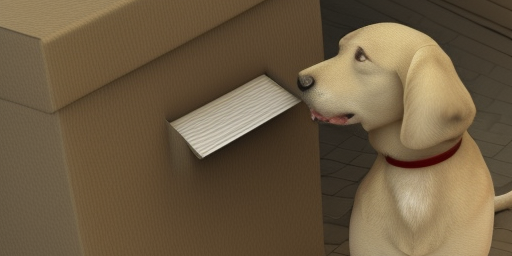The relevant leaderboard is the one here: Open LLM Leaderboard - a Hugging Face Space by HuggingFaceH4.
For a model to be considered a "diffusion-based" model it should be explicitly trained with a diffusion-based training objective (e.g., denoising score matching, etc.) and sampling should happen with a diffusion-based algorithm (e.g., multi-step sampling with SDE solvers or Predictor-Corrector methods, or single-step consistency-based or distilled sampling, etc.).
Some recent (non-exhaustive) examples of diffusion-based LLMs are surveyed here: [2303.07576] Diffusion Models in NLP: A Survey (arxiv.org).
10/30/2023 Update: There are still no diffusion-based language models in the top-10 leaderboard, but there has been marked progress, with some models outperforming autoregressive models for code generation, e.g. as in [2310.17680] CodeFusion: A Pre-trained Diffusion Model for Code Generation (arxiv.org).
11/9/2023 Update: After some controversy, the above-mentioned paper ended up being retracted from arXiv. Diffusion for language still has a good way to go.
2/16/2024 Update: No language diffusion models have made it up to top-10 so far. The best language diffusion models so far are still at GPT-2 scale.
10/6/2024 Update: No language diffusion models have made it in the top-10. Question resolved with "NO".
🏅 Top traders
| # | Name | Total profit |
|---|---|---|
| 1 | Ṁ445 | |
| 2 | Ṁ67 | |
| 3 | Ṁ61 | |
| 4 | Ṁ31 | |
| 5 | Ṁ27 |
Added this market to my third-party validated AI group: https://manifold.markets/group/third-party-validated-predictive-ma-6bab86c0b8b0
